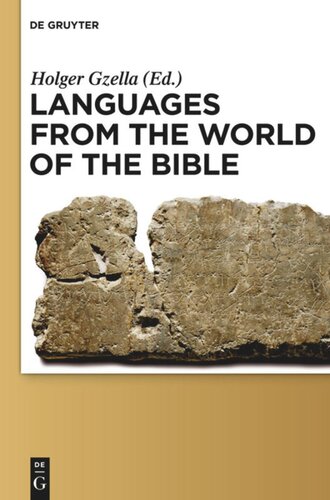

Most ebook files are in PDF format, so you can easily read them using various software such as Foxit Reader or directly on the Google Chrome browser.
Some ebook files are released by publishers in other formats such as .awz, .mobi, .epub, .fb2, etc. You may need to install specific software to read these formats on mobile/PC, such as Calibre.
Please read the tutorial at this link: https://ebookbell.com/faq
We offer FREE conversion to the popular formats you request; however, this may take some time. Therefore, right after payment, please email us, and we will try to provide the service as quickly as possible.
For some exceptional file formats or broken links (if any), please refrain from opening any disputes. Instead, email us first, and we will try to assist within a maximum of 6 hours.
EbookBell Team

4.4
32 reviewsThe breakthrough of the alphabetic script early in the first millennium BCE coincides with the appearance of several new languages and civilizations in ancient Syria-Palestine. Together, they form the cultural setting in which ancient Israel, the Hebrew Bible, and, transformed by Hellenism, the New Testament took shape. This book contains concise yet thorough and lucid overviews of ancient Near Eastern languages united by alphabetic writing and illuminates their interaction during the first 1000 years of their attestation. All chapters are informed by the most recent scholarship, contain fresh insights, provide numerous examples from the most pertinent sources, and share a clear historical framework that makes it easier to trace processes of contact and convergence in this highly diversified speech area. They also address non-specialists. The following topics are discussed: Alphabetic writing (A. Millard), Ugaritic (A. Gianto), Phoenician and Hebrew (H. Gzella), Transjordanian languages (K. Beyer), Old and Imperial Aramaic (M. Folmer), Epigraphic South Arabian (R. Hasselbach), Old Persian (M. de Vaan/A. Lubotsky), Greek (A. Willi).